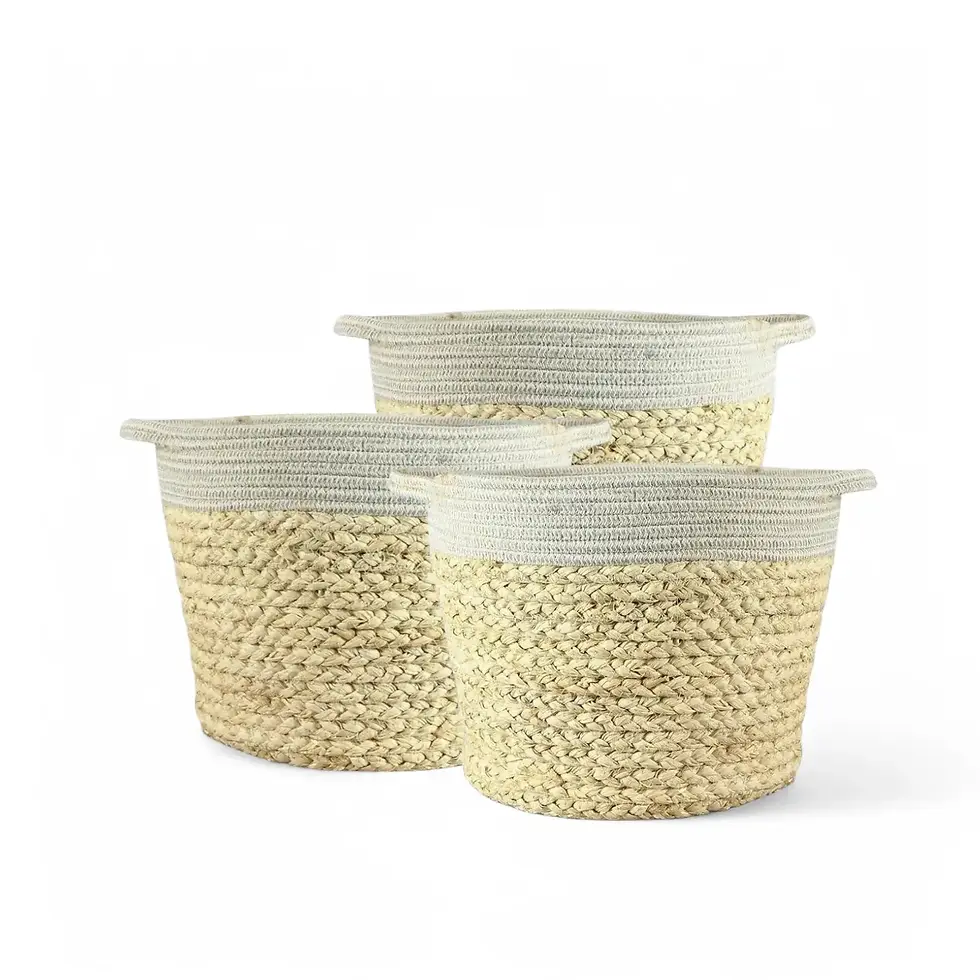Begonia dracopelta – Rare Bullate Begonia from Borneo
Begonia dracopelta is a striking tropical species discovered in the dense rainforests of Borneo. Its name, meaning “dragon shield,” reflects the plant's distinctive bullate leaf texture and armored appearance. Each leaf forms a dramatic display of raised blister-like patterns on a deep green background, often with reddish or metallic undertones. Compact in growth and highly decorative, this species is prized by collectors for terrarium setups and high-humidity displays. Its creeping habit and sculptural foliage lend it a bold, almost otherworldly look.
Standout Features of Begonia dracopelta
- Leaf Texture: Bullate and blistered surface, with a rugged, dragon-scale look
- Coloration: Deep green to reddish leaves with metallic undertones and prominent venation
- Growth Habit: Creeping to low-climbing; ideal for terrariums or understory planting
Where Begonia dracopelta Comes From
This species is native to the rainforests of Borneo, growing in the humid understory of tropical lowland and hill forests. It was officially described in 2019 and belongs to the section Petermannia, known for compact, richly textured species. In the wild, Begonia dracopelta clings to damp forest floors or moss-covered rock faces, thriving in the filtered light and constant moisture of its environment.
- Origin: Borneo (Malaysia and Indonesia)
- Size: Typically stays under 30 cm in height, spreading horizontally
- Growth Rate: Moderate under stable humidity and warmth
- Toxicity: Likely toxic if ingested; keep away from pets and children
How to Care for Begonia dracopelta
- Light: Bright but indirect light; avoid harsh sun to protect delicate foliage
- Watering: Keep soil lightly moist; never let it fully dry out or become soggy
- Humidity: Requires high humidity (70–90%) for best texture and growth
- Temperature: Thrives in 20–28 °C; avoid cold or drafty spots
- Soil: Use a loose, well-draining mix rich in organic matter and aeration (leaf litter, fine bark, perlite)
- Repotting: Repot annually or when horizontal growth reaches pot edges
- Fertilizing: Apply a diluted liquid fertilizer monthly during active growth
- Propagation: Easily propagated via leaf cuttings or creeping stem segments
- Pruning: Trim older or damaged leaves to promote new growth and airflow
Potential Issues and Fixes
- Leaf Curling: Caused by low humidity or temperature fluctuations—stabilize the growing environment
- Mildew or Rot: Improve airflow and reduce watering; avoid overhead watering in closed setups
- Pests: Watch for fungus gnats or mealybugs; treat early with biological or gentle treatments
Further Growing Insights
Begonia dracopelta responds well to enclosed or semi-enclosed environments where humidity remains stable. A shallow, wide pot allows for horizontal growth and better airflow around the rhizomes. Replicating its native habitat—constant moisture, filtered light, and warmth—will keep it healthy long-term. Its unusual texture makes it a true collector’s species, especially for terrarium or display-case use.
Name Origins and Botanical Notes
The name “dracopelta” comes from Latin, meaning “dragon shield,” a reference to the leaf’s bullate texture and reptilian appearance. This species was officially described in 2019 by Ardi and belongs to the section Petermannia, which includes many Southeast Asian begonias with creeping habits and distinctive leaves.
Begonia dracopelta FAQs
- Can I grow this Begonia in a terrarium?
Yes, it’s perfect for high-humidity terrariums with stable conditions and low air movement - Does this Begonia flower often?
It may produce small pink or white blooms, but the foliage is the main attraction - How can I encourage bushier growth?
Pinch back growing tips or propagate cuttings to fill out the pot
Add Begonia dracopelta to your collection today and grow one of the most dramatic-textured begonias ever discovered.
Begonia dracopelta
Begonia dracopelta is approximately 20 cm tall and comes in a ⌀ 14 cm pot.

























































